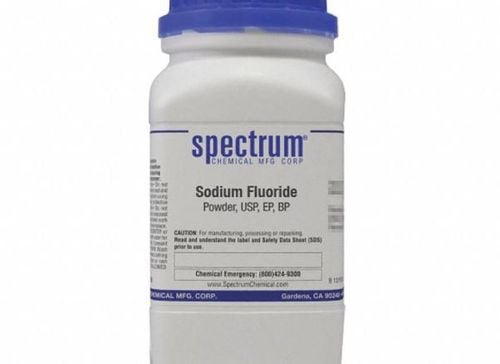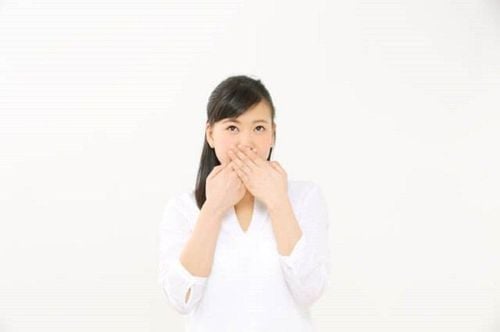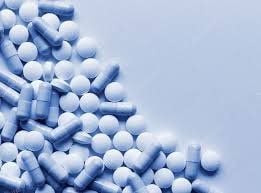This is an automatically translated article.
Not only red wine, coffee and tea, but white wine also makes teeth yellow. This is because white wine is extremely acidic. Acid is the "enemy" of tooth enamel, creating rough spots and grooves that make teeth more susceptible to yellowing from other foods or drinks.
1. Why can white wine stain teeth?
When consumed in moderation (1 to 2 glasses of about 120ml per day), wine will bring a lot of health benefits. Scientists have found that drinking wine can improve life expectancy and reduce the risk of diabetes, stroke and heart disease. However, there is a health hazard to be aware of as alcohol can discolor, stain teeth and become less aesthetically pleasing.
Over the years, many observations have shown that red wine can stain teeth. However, if you're looking for an alternative to white wine to prevent tooth stains, people may need to rethink their plans. A recent study has shown that even white wine can cause stains on teeth - not to mention eroding teeth. This is because white wine is extremely acidic. It is acid that is the well-known "enemy" of tooth enamel, the protective coating of teeth made up of minerals. Healthy enamel is important not only to protect teeth from decay, but also to protect teeth from sensitivity to food, drink and cavities. The body cannot regenerate enamel, so dental techniques were formulated and developed as the only way to add a layer of protection back to the tooth if the enamel is severely damaged.
Accordingly, when drinking white wine, the very high acidity will erode tooth enamel. As a result, this type of drink will create rough marks and grooves that make teeth more susceptible to yellowing from other foods or drinks.
On the other hand, several studies have looked at how white and red wine have the effect of staining teeth over time. As a result, while the red color of red wine can cause more immediate discoloration thanks to its deep red pigments, white wine seems to have a greater impact on tooth enamel, making teeth weaker and more susceptible to tooth decay. Discoloration from other foods, especially if you continue to consume highly acidic foods. One study even showed that teeth left in white wine overnight will dissolve faster than teeth left in red wine.
Furthermore, there are many foods and drinks that also contain high levels of Chromogens, a pigment that stains teeth. Berries, tea, coffee, and red wine are just a few examples of foods and beverages high in pigments. While consuming these products alone may not be enough to cause harm, after drinking white wine, the environment in the mouth allows pigments to penetrate deeper into the teeth, increasing the likelihood of permanent tooth discoloration. far.
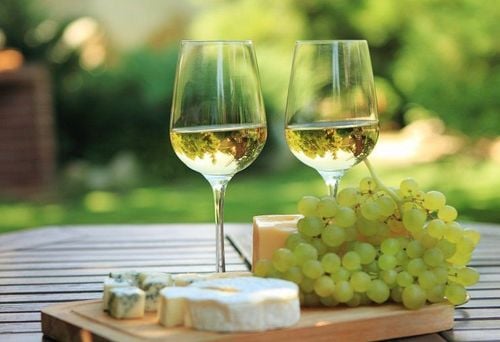
Rượu vang trắng cũng có thể gây ra vết ố trên răng
2. How to prevent tooth stains?
White wine or red wine brings joy and taste to many people. Quitting alcohol to own a shiny teeth is completely impossible. Fortunately, there are some safe tips for drinkers to keep a beautiful smile, avoid stains, and stain teeth effectively as follows:
Brush properly Take care of teeth Proper oral hygiene when drinking alcohol should be understood that brushing should be done first instead of brushing afterwards.
This is because the tannins (common in tea) found in wine cause yellow stains on teeth. It is these tannins that will stick to any previous plaque on the teeth. Therefore, it is important to remember to always brush your teeth clean, keep the tooth surface shiny before going out to drink alcohol. This way, the teeth will not create a sticky surface for the tannins, which causes tooth yellowing.
Also, while dentists often encourage people to brush their teeth before bed as an important part of oral health, the one exception would be when just drinking wine. Brushing teeth after drinking alcohol does not make sense to prevent teeth from becoming yellow as usual, but the effect can be quite the opposite. It is the acidity of white wine, or acidic foods, that makes teeth more sensitive and easier to stain.
Thus, brushing teeth immediately after drinking wine can damage enamel and leave permanent stains on teeth. Instead, it's best to wait 20 to 30 minutes after your last glass of wine before brushing your teeth. Saliva buffers the acidic environment from the wine, and teeth and gums can be safely cleaned for a healthy, white smile.
Should start with red wine This may seem counter-intuitive, but it's always a good idea to start with red wine and possibly even avoid white wine altogether if red wine is only being consumed.
The acidity of white wine can erode tooth enamel many times more than red wine. Indeed, white wine acts as a primer so that the tannins in red wine stick to the teeth more strongly if the white wine is drunk first and the red wine later.
That's why it's always a good idea to start with red wine first if you want to try both. In case if you have drunk white wine before, rinse your mouth with clean water several times to remove any residual acid before switching to red wine.
Drink carbonated or mineral water in between glasses of wine, drink carbonated or mineral water. This action not only helps to balance the amount of alcohol in the mouth, but also allows the air bubbles to remove alcohol stains from the teeth. It is the surrounding foam in the mouth to wash away the attached tannins and remove stains, reducing the risk of subsequent staining.
Eat cheese Cheese is a perfect pairing with wine. However, these two dishes not only go well together, bringing delicious flavor to the meal, but also add something that may not be immediately noticeable, which is high in calcium cheese, which is great for teeth. The accumulation of calcium when eating cheese will help close the microscopic holes in the surface and keep the wine from staining teeth.
Eat more fiber Eating green vegetables or foods rich in fiber like broccoli, spinach and lettuce will help activate the salivary glands. The increased amount of saliva in the mouth will contribute to the removal of alcohol stains when chewing.
Chewing gum Chewing gum after drinking is also a good habit to increase saliva flow, naturally moisturizing teeth, limiting the possibility of teeth staining.
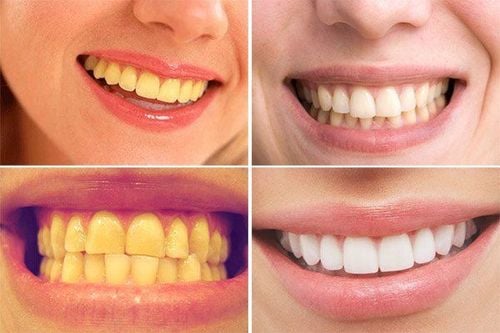
Khi uống rượu vang trắng, nồng độ axit rất cao sẽ ăn mòn men răng
In summary, yellowing teeth is a consequence of consuming acidic foods in general and not just white wine. Many citrus drinks such as orange and grapefruit juice, lemonade, most sports and energy drinks, and sodas contain acids and should be used with caution. In addition, to help reduce yellowing of teeth, dentists often recommend using a toothpaste with a mild whitener, not brushing too hard as well as immediately after drinking wine or juice so as not to cause teeth to yellow. get worse.
Please dial HOTLINE for more information or register for an appointment HERE. Download MyVinmec app to make appointments faster and to manage your bookings easily.
References: healthline.com, webmd.com, drpostel.com



